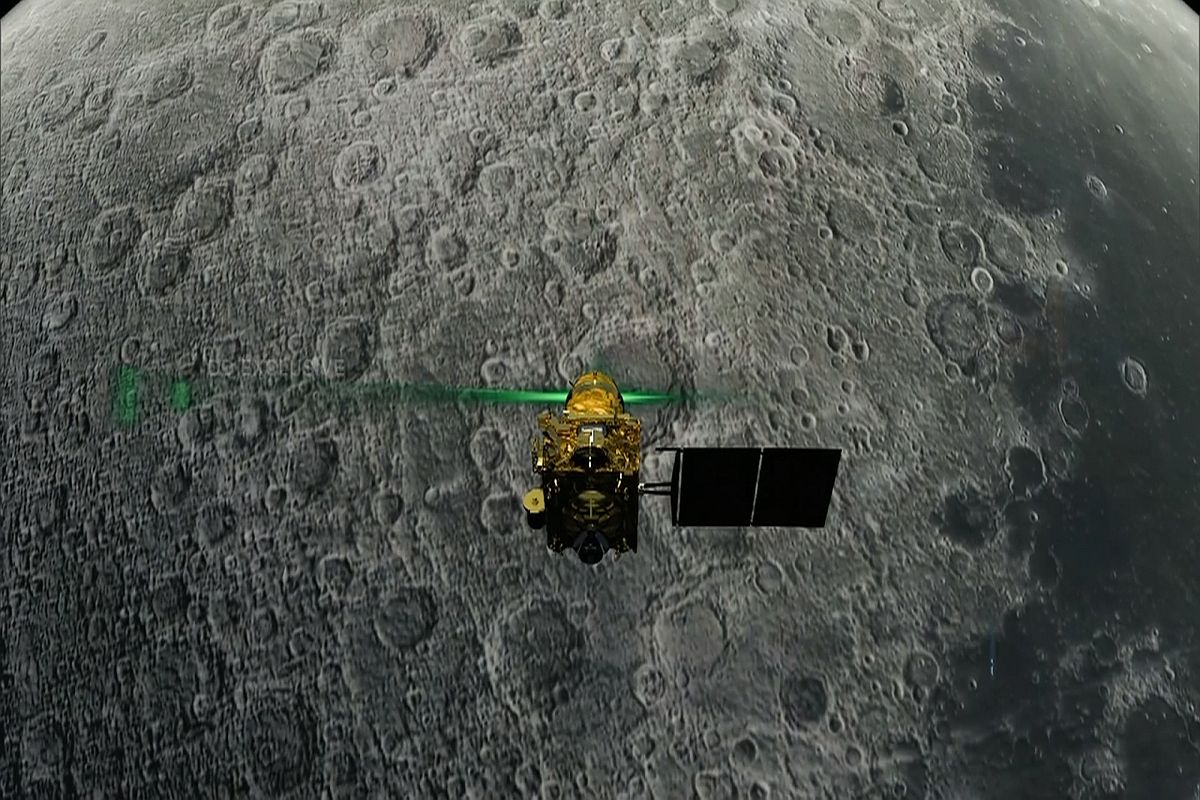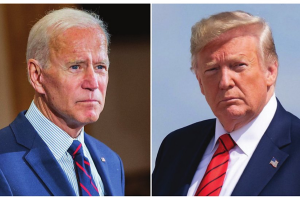What made the Chandrayaan-2 mission “special,” according to information provided by the Indian Space Research Organisation on its website, are four factors. It was the first space mission to conduct a soft landing on the moon’s south pole; first Indian attempt at landing on the lunar surface using indigenous technology; the first Indian mission to explore lunar terrain with indigenous technology, and becoming the fourth country to soft land on the moon.
“All the systems and sensors of the (moon) Lander functioned excellently until this point (losing link) and proved many new technologies such as variable thrust propulsion technology used in the Lander,” ISRO said. None of the four special objectives of Chandrayaan2 mission has been achieved so far.
The mission involved an orbiter, lander (Vikram) and a rover (Pragyan). Vikram was to make a soft landing near the moon’s south pole at 1.55 am on 7 September. It lost its earth link when it was 2.1 km and about three minutes from expected touchdown.
The mission’s orbiter spotted the lander on the moon on 8 September. The orbiter is safe in the intended orbit and is going around the moon at a distance of 100 km. ISRO is trying to restore link with the lander, but the lander and the rover will run out of solar power in 14 days from 7 September when the lunar night will begin. Time is running out for ISRO.
Despite the Chandrayaan-2’s inability to carry out the soft landing on the lunar surface, which was the most important element of the mission, it now appears to those following the mainline media in the country that it was a success. We as a nation are proud of our scientists.
They have given their best and made India proud. Success and failure are concomitants of any venture into the unknown. According to the American space agency NASA’s “Moon Fact Sheet,” out of 109 lunar missions since 1958, only 61 were successful. NASA was “inspired” by ISRO’s bold attempt to softland Vikram module on the lunar south pole where no one has gone before. It took the USA and the former Soviet Union several decades to design and carry out a mission to the moon.
Prime Minister Narendra Modi made his presence felt among scientists at the ISRO control centre in Bengaluru on 7 September. As Vikram crashed on the surface of the moon contrary to all expectations, Kailasavadivoo Sivan, chairman of ISRO, sobbed uncontrollably on the shoulders of the Prime Minister and Modi patted him on the back even as television cameras closed in on them. All attention was diverted to this dramatic scene.
Failure should be a challenge to the scientific community, not a time to break down and display emotion. The real winners in this whole episode are the BJP’s spin doctors who have convinced the nation that Mission Chandrayaan-2 is a grand success.











